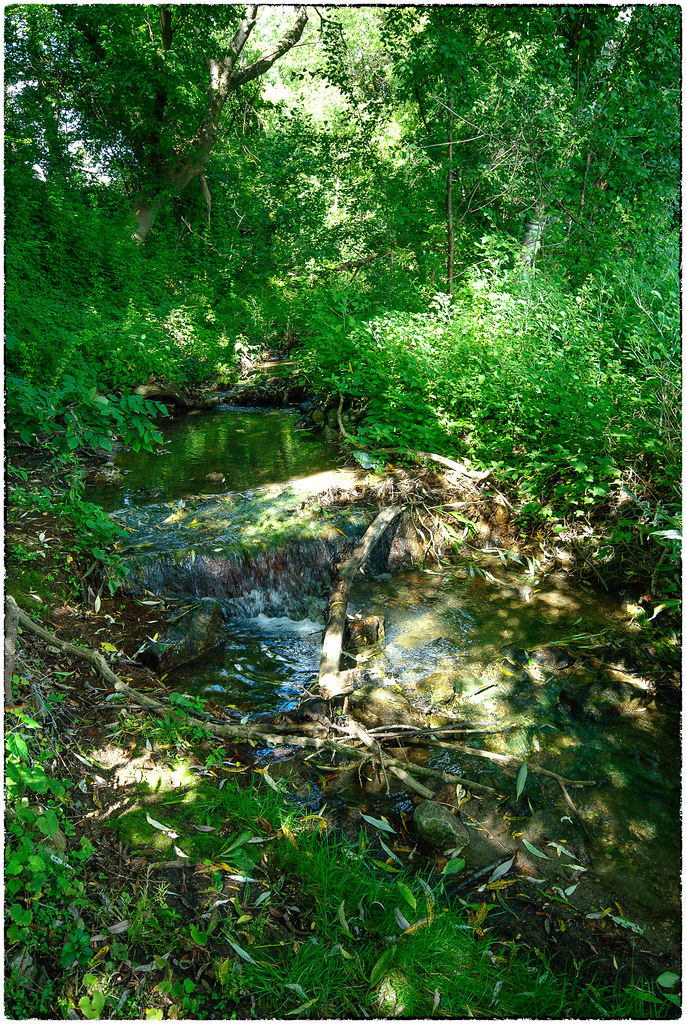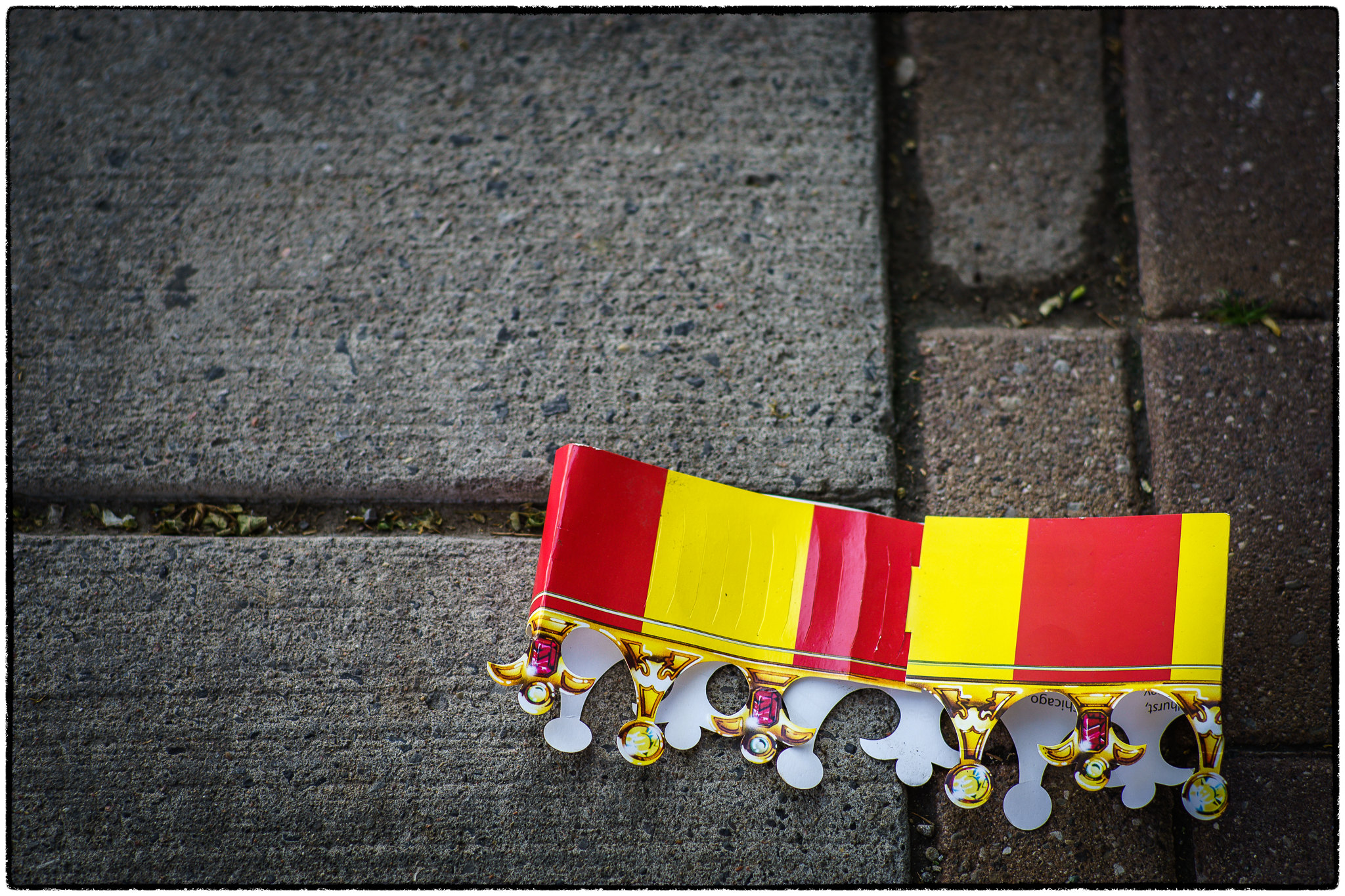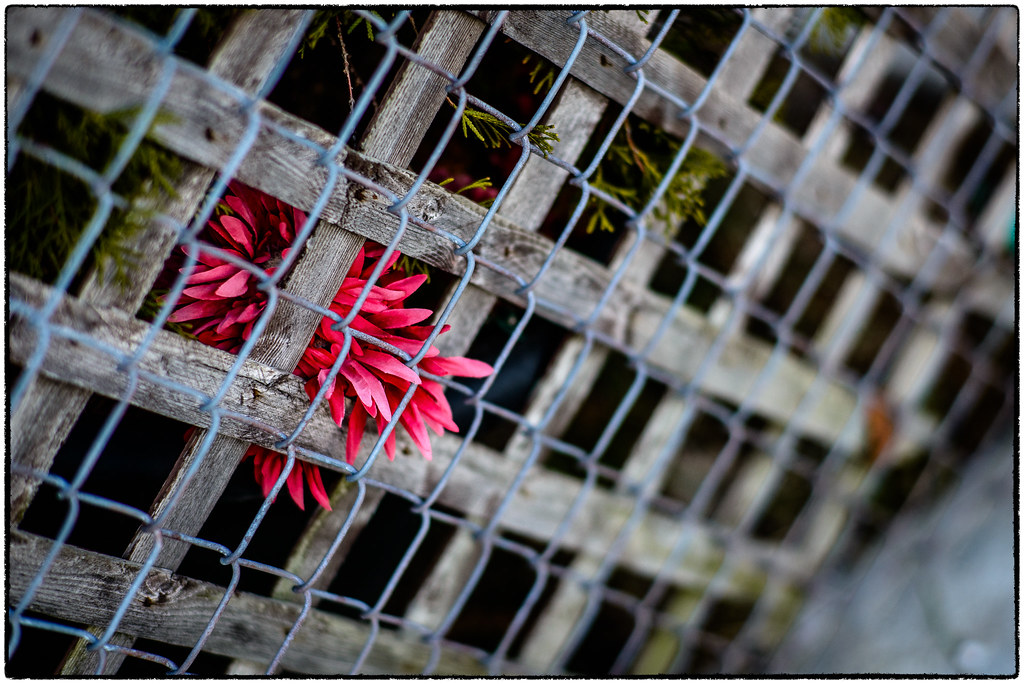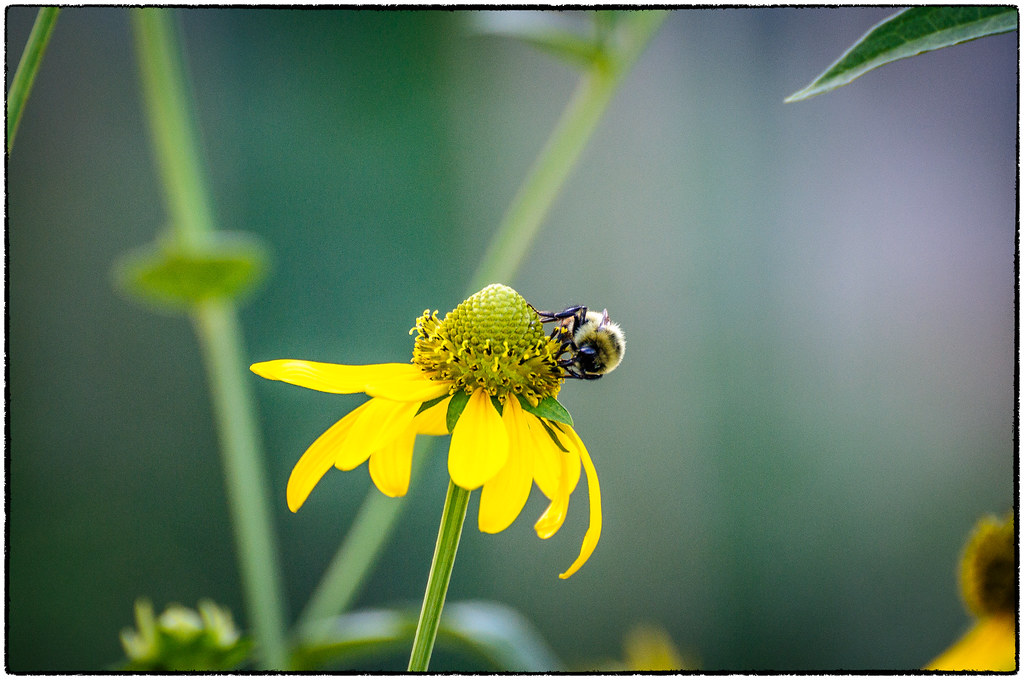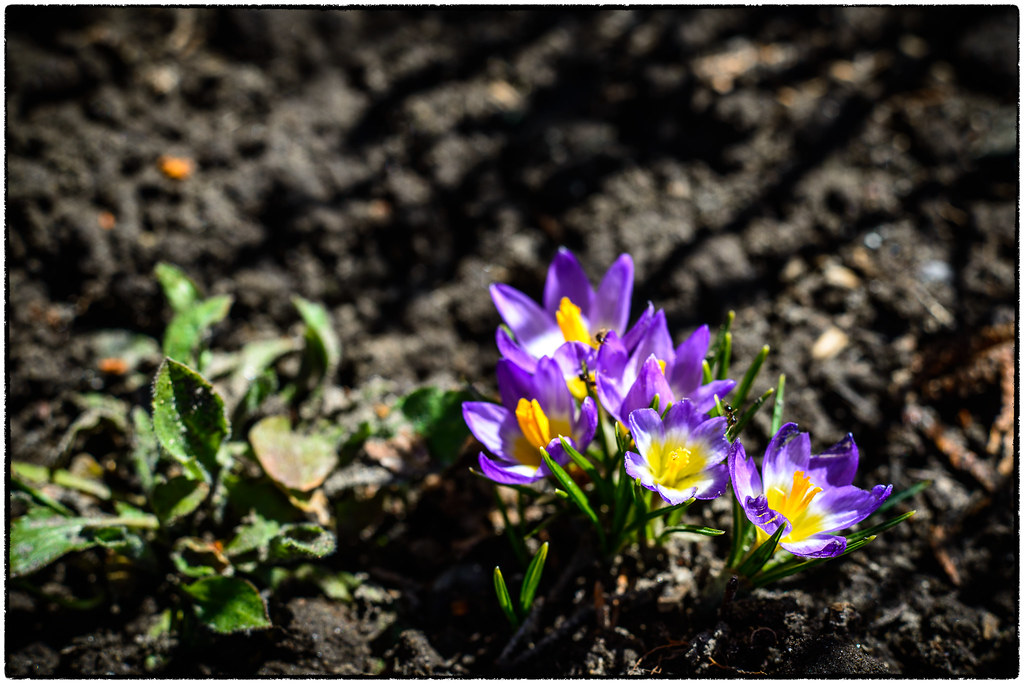
A7 II, 28/3.5 H
The above shot I'd never have gotten with the D800. Just too hard to get reliable focus with the 28/3.5 H.
The A7 II is really a mixed bag for me. It's a little odd, as it's a camera with a whole lot of issues, but very few of the problems get in my way.
What's wrong with it? Well the menu's are a mess, battery life is terrible, there's a few things at the firmware level that it should do but doesn't, the button layout is adequate at best and it's really not all that refined.
However for me, and how I shoot, there's really only 3 issues.
1. Terrible battery life (solved with A7 III). The small (1050mAh) battery combined with how power hungry mirrorless bodies inherently are gives a 3-400 shot battery life (vs around 900-1000 with the D800). The larger Z series battery in the A7 III solves this, but a few extra 3rd party batteries get me enough life for it to be a non-issue in practice.
2. Overly-sensitive EVF/LCD auto-switching. This is a problem for a couple reasons. The first is that it makes waistlevel shooting an issue unless I manually set it to LCD, which I can only do in the menu (no way to assign this to a button, unlike the NEX-7 or the SLT bodies). The second is that the detector keeps the camera awake, meaning I need to hold the camera in a particular way for it to go to sleep (and preserve precious battery). The A7 III solves the first (it disables the sensor when the LCD is flipped out) but not the second.
3. Card formatting. I can deal with all the rest of the 'buried in random menu section' issues, but reformatting cards is a right PITA. For now I've solved that largely by a change in import workflow, I'm now using the option to delete on import completion to eliminate the need for formatting in-camera.
Admittedly the fact it doesn't write IBIS focal length to metadata is annoying, but not really a show-stopper (Nikon gets this more right with Non-CPU lens data settings)
Now what's right about the camera?
For me, there's a lot.
1. Size. With my smaller lenses I get a much smaller/lighter package than the D800 was. This is a big deal for me given my right shoulder issues. I have problems carrying heavy kit in my right hand. And it just doesn't scream 'Pro with Camera' like the D300 and D800 do.
2. Focusing. While it's not perfect, I can much more reliably hit focus manually with the A7 II than a DSLR. This is most notable with the 85/1.4, but a big deal with both the 28/3.5 and the 300/4.5 as well. After trying the 300 on the A7 I was surprised that I was getting acceptable results, which I didn't on either the D800 or the D300. It by no means makes the 300/4.5 into a great lens, but it's surprisingly usable at f8, to the point where it's likely to actually get used semi-regularly (it got one test run on both the D800 and D300). I tend to use a mix of both peaking (for faster shots) and magnification for focusing. Peaking gives a hit rate around 75% or so with my most difficult setup (ZF.2 85@f2-2.8) while magnification is around 95% (beating <50% with the OVF+AF Confirm on the D800).
3. Seeing exposure. You get a pretty decent preview of your exposure in the EVF and LCD. I find the LCD not really useful for fine exposure tuning, but it's good in the EVF. And of course I can always bring up a live histogram to get an even better idea of what I'm dealing with.
4. Flip-out LCD. So useful for low-angle and high-angle shots that are really just a guessing game with most DSLR's, especially since the LV experience is wildly better with any mirrorless than a DSLR.
So overall, the A7 II is decidedly less well sorted than the D800, but very well sorted for my uses. I'm quite happy with it and hope to keep shooting it for the foreseeable future.
